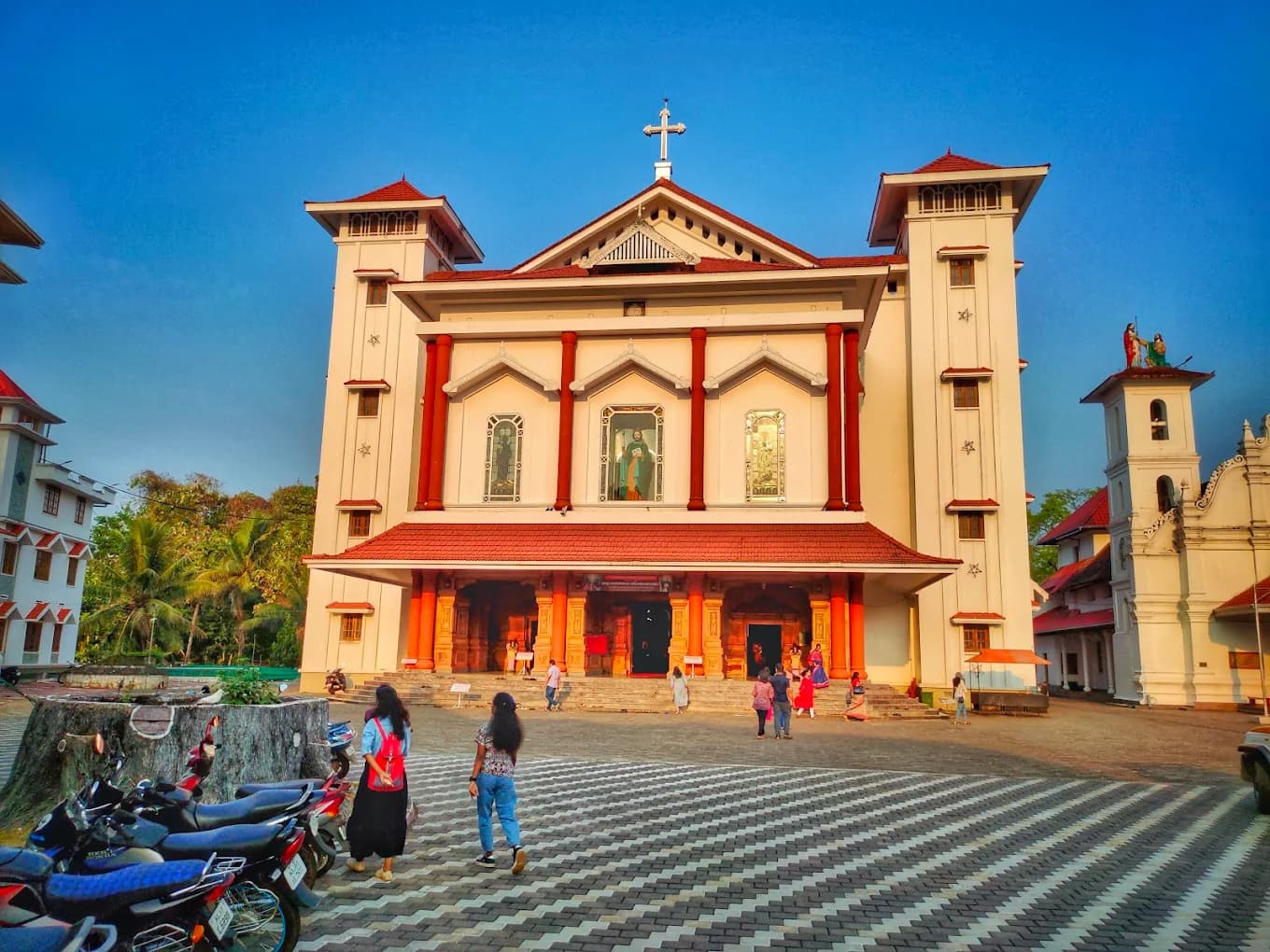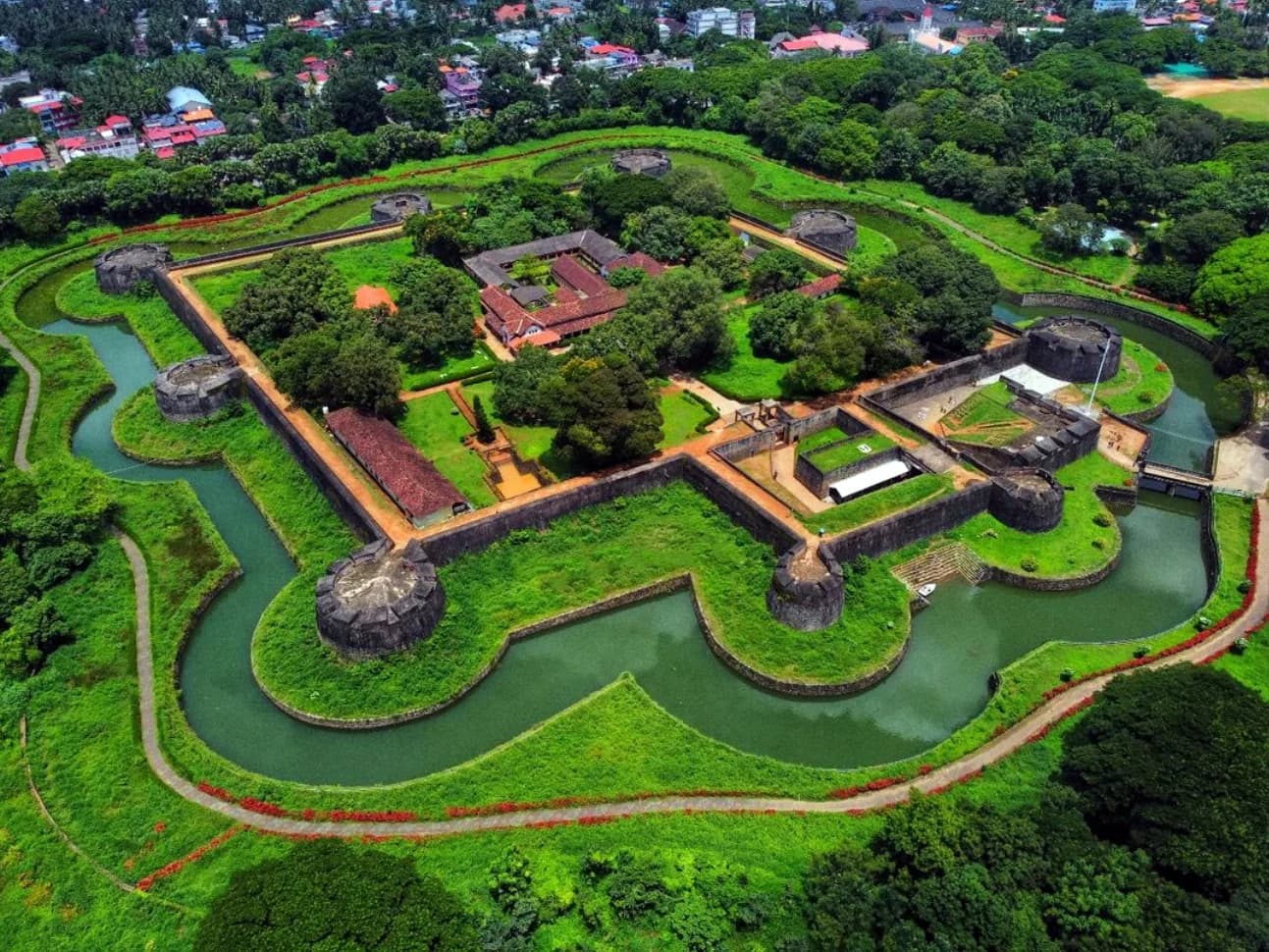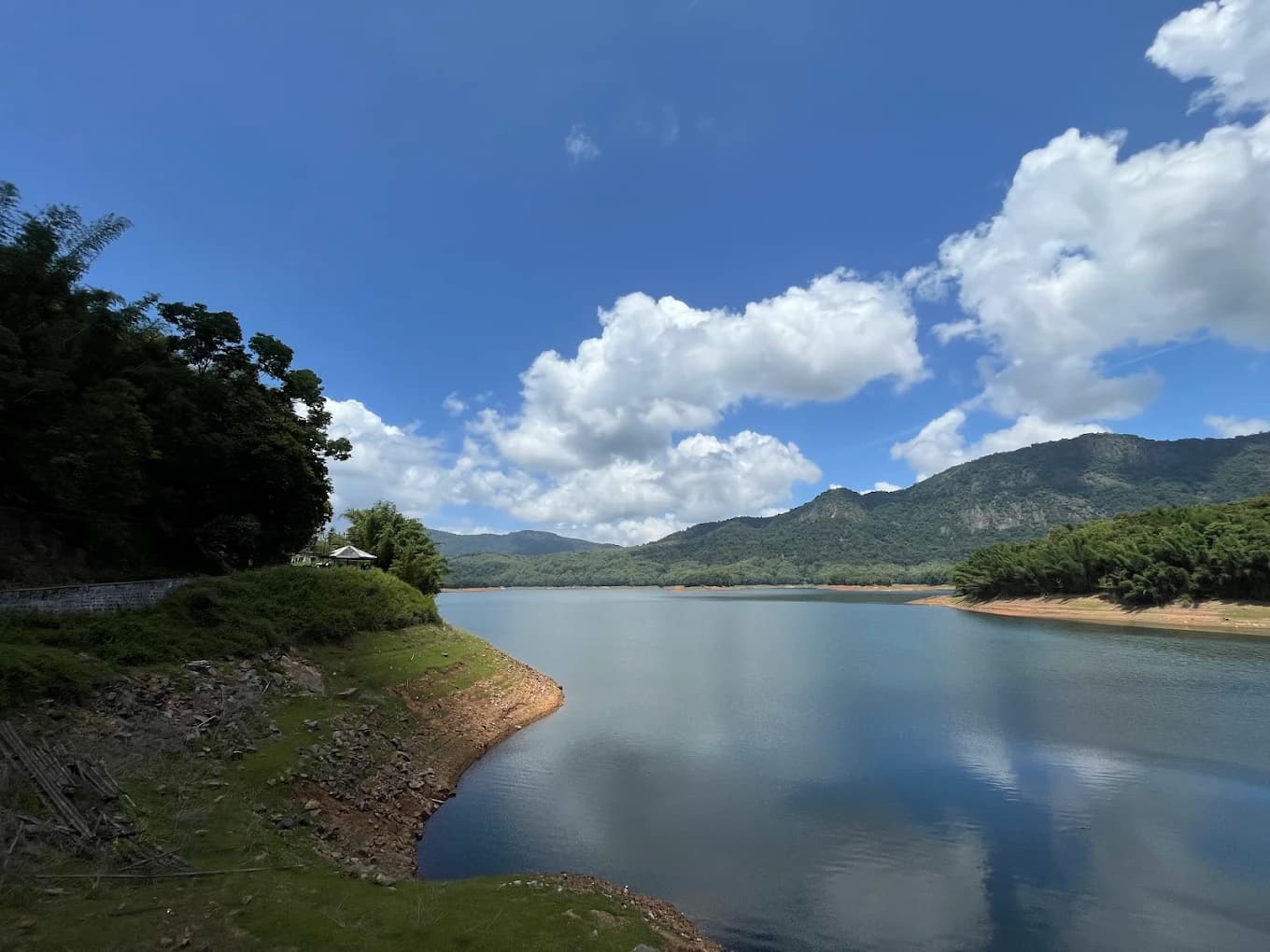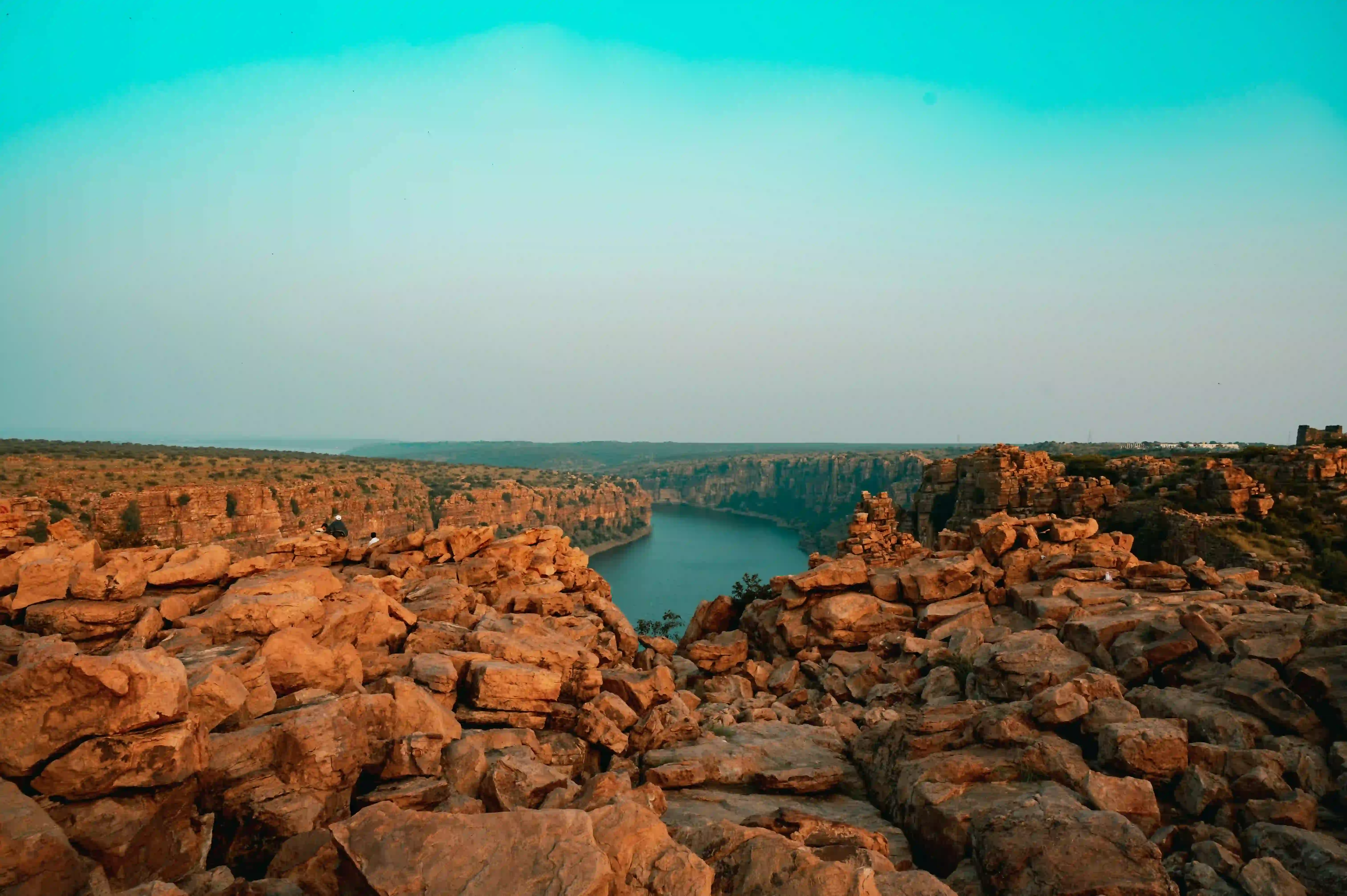The Vadakkunnathan Temple stands as a profound testament to Kerala's spiritual and cultural landscape, rooted in millennia of mythological narratives and architectural brilliance. Legends attribute its founding to Lord Parashurama, the sixth avatar of Vishnu, who is said to have created Kerala itself and established this sacred site as an offering to Lord Shiva. This mythological origin story is not merely a tale but a fundamental aspect of the temple's spiritual identity, connecting divine intervention with geographical creation.
The temple's architectural splendor reflects the intricate craftsmanship of traditional Kerala design, featuring elaborate gopurams facing cardinal directions and spanning nearly nine acres. Constructed using local materials like timber, lime, stone, and copper, the complex showcases exceptional woodwork, including a koothambalam designed for ritualistic performances. Stunning murals depicting scenes from the Mahabharata and intricately carved wooden elements further enhance its cultural significance, representing a living museum of artistic expression.
Mythological narratives are deeply interwoven into the temple's spiritual fabric. One compelling legend recounts Lord Shiva's confrontation and vanquishing of the demon Daruka, after which he enshrined himself at the current temple location. Another narrative credits the temple's establishment to Sage Vadakkumnatha, from whom it derives its name. These stories transcend mere mythological accounts, representing profound spiritual symbolism and cultural memory that have been transmitted through generations.
Historically, the temple's governance reflects the complex socio-political dynamics of Kerala. Initially managed by Nambudiri priests known as Yogiatiripppads, it later came under the authority of the Maharaja of Cochin. This transition symbolizes the evolving power structures and religious institutions that have shaped the region's cultural landscape. The temple's strategic location in Thrissur's heart made it not just a religious center but a pivotal cultural venue.
Festivals constitute another crucial dimension of the temple's significance. The famous Thrissur Pooram, celebrated during the Malayalam Medam (April to May), transforms the temple into a vibrant cultural spectacle. Alongside this, celebrations like Maha Shivaratri, Navratri, and Utsavam highlight the temple's role in preserving and perpetuating Kerala's rich cultural traditions. These events are more than religious observances; they are living expressions of community identity and spiritual continuity.
Contemporary conservation efforts underscore the temple's enduring cultural relevance. Restoration work prioritizes traditional techniques and organic materials, using specialized herbal mixtures like Ashtakuttu to protect wooden structures from environmental degradation. This approach reflects a nuanced understanding of preservation that respects historical integrity while ensuring the temple's longevity for future generations.
The Vadakkunnathan Temple transcends its physical structure, embodying a complex tapestry of mythology, history, and cultural practice. Its significance extends beyond religious worship, representing a dynamic space where spiritual narratives, artistic expressions, and community traditions converge. As a living heritage site, it continues to inspire, educate, and connect people with Kerala's rich cultural memory.
For visitors and scholars alike, the temple offers a profound journey into Kerala's spiritual and cultural essence. Its intricate architecture, mythological depth, and continued cultural vitality make it not just a destination but a transformative experience that reveals the layered complexity of Indian religious and cultural traditions.









